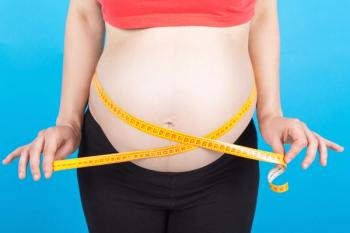
“The results suggested that weight maintenance or weight loss should not be used as routine guidelines,” The authors concluded.
Freelance writer for Contemporary OB/GYN

“The results suggested that weight maintenance or weight loss should not be used as routine guidelines,” The authors concluded.
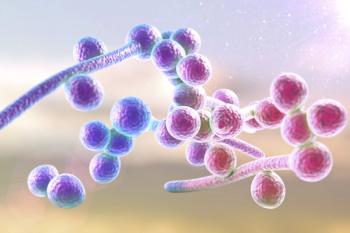
To the investigators’ surprise, routine perinatal visits had the greatest impact on PROM in pregnant women with VVC.

A cross-sectional analysis of the Boston Birth Cohort (BBC) from 1998 to 2016 has found that maternal nativity and duration of United States residence were linked to preeclampsia among non-Hispanic Black women, but not among Hispanic and non-Hispanic White women, after adjusting for sociodemographic and cardiovascular risk factors.

Being Non-Hispanic (N-H) Asian is a significant influencing factor for the number of gastrointestinal (GI) symptoms and the severity scores of GI symptoms, according to a study of 4 major racial/ethnic groups of midlife women in the United States.
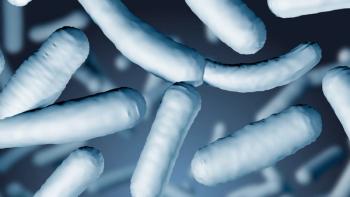
Lactobacilli are the presiding members of the healthy human vaginal microbiota and are considered the first defense line from pathogen infection, including vulvovaginal candidiasis (VVC), whereas biofilm is the predominant microbial growth form in nature.
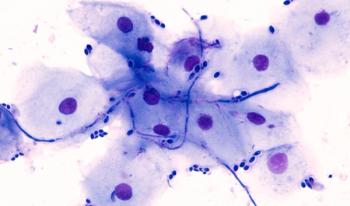
A home kit to detect urinary tract infections (UTIs) like Candida albicans from vaginal fluids on sanitary napkins and tampons could soon enter the clinical phase.

According to a recent study, women who experience stable menstrual cycles during the menopause transition have a significantly higher cardiovascular disease (CVD) risk later in life than those who have a late increase in cycle length.
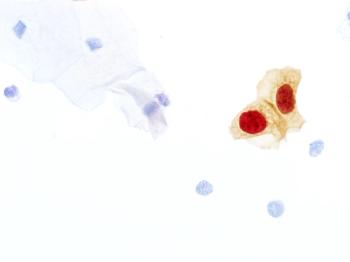
A prospective observational screening study has concluded a cytology dual-stain (DS) biomarker effectively triages women who test positive for primary human papillomavirus (HPV) and are at higher risk of developing cervical cancer, irrespective of the HPV genotype.

Human papillomavirus (HPV) vaccination has significantly decreased the incidence and mortality of cervical cancer in girls and women between the ages of 15 and 24, according to a research letter in JAMA Pediatrics.

Many of the glaring disparities that exist in care for the 26 million women in the United States who suffer from uterine fibroids, which disproportionately affects up to 80% of Black women, are being aggressively addressed though a new multifaceted campaign called UNmuting Fibroids.
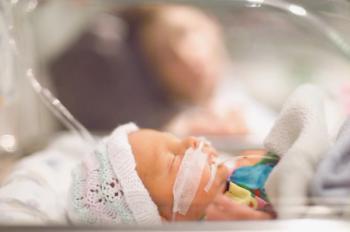
A study in JAMA Cardiology found that women who delivered preterm had greater than a 50% increased risk of hypertension within the next 10 years, and that risk more than doubled in cases of extreme preterm, compared to women who delivered full term.
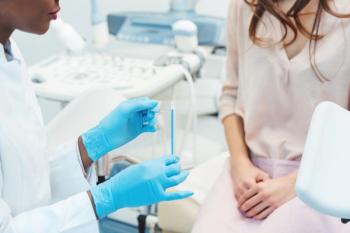
A population-based retrospective cohort study in JAMA Network Open concluded that maternal sexually transmitted infections (STIs) are significantly linked to an increased risk of preterm birth in the United States.

A new national survey reveals the pressing need for better maternal mental health planning.

A study in JAMA Network Open has concluded that women who undergo bilateral oophorectomy before menopause are significantly more likely to develop mild cognitive impairment and poorer performance on cognitive tests about 30 years later compared to women who do not have the procedure.

A new study found that reproductive history indicators were not directly linked to cognitive measures of Alzheimer’s disease (AD) in midlife women.
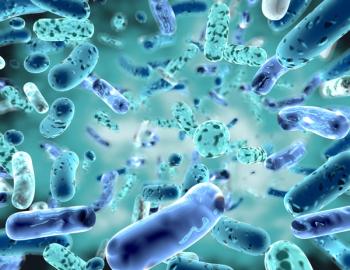
The benefits of probiotics do not necessarily transfer to the clinical setting for vulvovaginal candidiasis, according to a recent review.

A recent study found ibrexafungerp (Brexafemme, Scynexis) was found to be a well-tolerated novel antifungal with similar efficacy to fluconazole for treating acute vulvovaginal candidiasis.
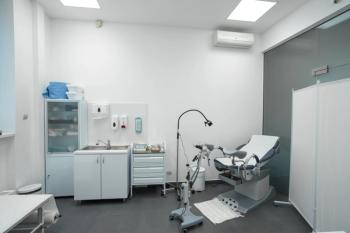
For women with postmenopausal vaginal symptoms, fractional carbon dioxide laser versus sham treatment fails to significantly improve vaginal symptoms after 12 months, according to the results of a randomized controlled trial in JAMA.

Professionals who provide contraception counseling need sufficient training and resources to offer comprehensive information about adverse reactions of intrauterine contraception, according to 2 web-based discussion boards about sexual and reproductive health.

Vasomotor symptoms (VMS) are significantly less common in menopausal women with sarcopenia than in those without, according to a study conducted in the Republic of Korea.

Midlife women with early-stage vision impairment are significantly more likely to develop depressive symptoms, according to a study in the journal Menopause, which used data from the Michigan site of the Study of Women’s Health Across the Nation (SWAN).

Testing for pelvic floor tenderness during routine pelvic exams for women with chronic pelvic pain or endometriosis may help identify women who have heightened overall pain sensitivity.
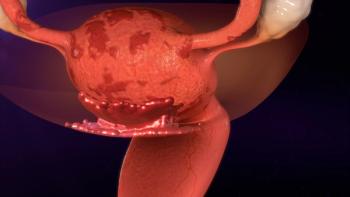
Although bacteria are altered in endometriosis, there is no definitive consensus on specific microbiota compositions linked to the disease, according to a review in Human Reproduction Update.

Vitamin D and green tea extract resulted in a significant reduction in the mean size of uterine fibroids among women of later reproductive age, according to a recent study.
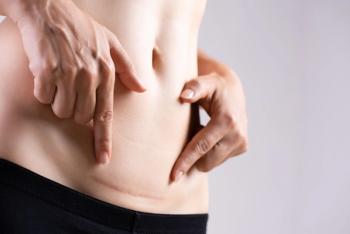
A retrospective study that investigated the effectiveness and feasibility of fibroid enucleation in the anterior wall of the uterus by transverse uterine incision during cesarean section.
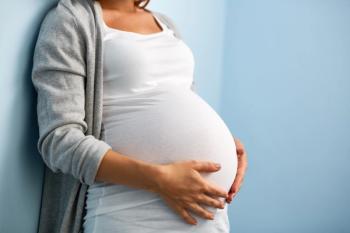
A recent cohort study found an increase in unplanned pregnancies during the pandemic, as well as decreased access to contraception during this time.

For the analysis as a whole, “The more localized the copper on an IUD frame and the ability of the frame to conform to the uterine cavity, the more favorable were outcomes at one year,” wrote the authors.
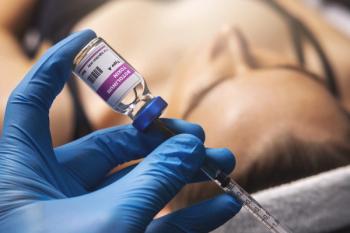
“Studies like ours may open a new venue of treatment for women with chronic pelvic pain, especially when associated with pelvic floor muscle spasm,” said principal investigator Barbara Karp, MD.
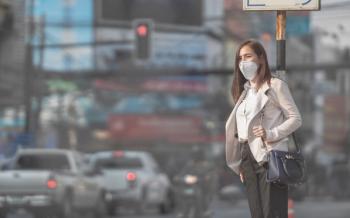
Women exposed to pesticides containing trans-nonachlor were 3.38 times more likely to develop endometriosis (P <0.0001), and for PCB 114 the increased risk was 1.83 (P =0.009).

A study has once again validated ultrasound-guided high-intensity focused ultrasound (USgHIFU) as an effective technique to devascularize uterine fibroids.